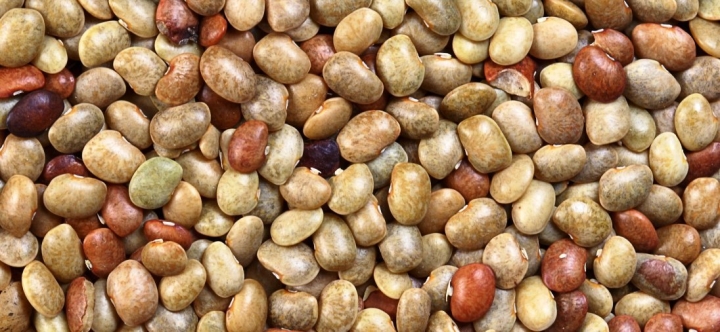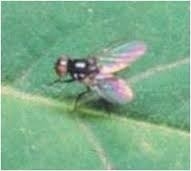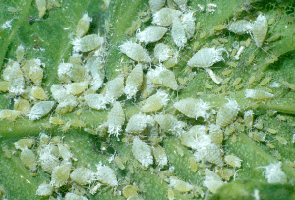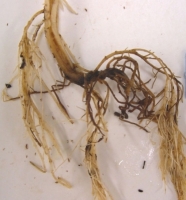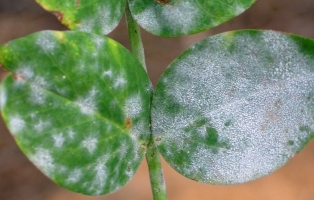General Information
It is a pulse crop which is suitable to be grown in rainfed and less fertile areas. The botanical name of horse gram is Macrotyloma uniflorum which is also known as “Kulthi” in hindi. It is also used for cooking purposes and can be eaten as fresh sprouts. It contains 22-23% of protein content. Because of high protein level it is used as cattle feed. It has also health benefits. It is used to cure cold and cough, diabetes, calculus, constipation, bronchitis, common fever and urinary diseases.

